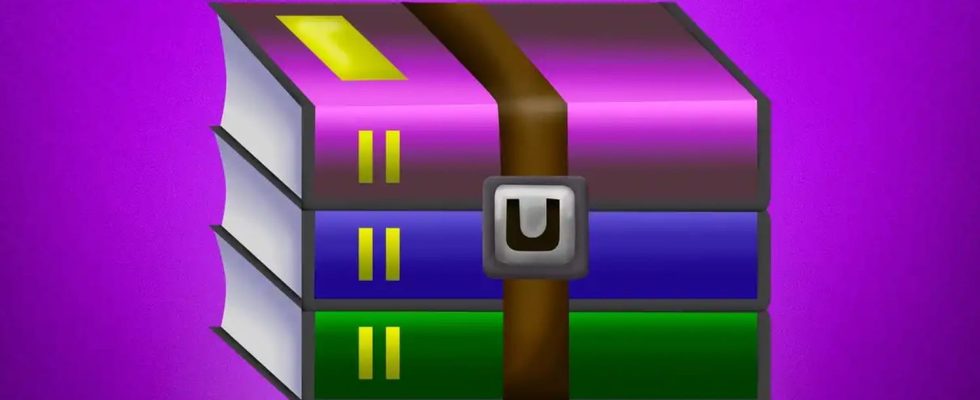Small revolution at Microsoft: with their next updates, Windows 10 and Windows 11 will be able to manage the Rar and 7-Zip compression formats as standard. There will no longer be a need for specialized software to open and create them.
Surprise ! In his Build 2023 keynote, the big annual Microsoft developer conference, on May 23, 2023, Panos Panay, Windows product manager, slipped a little “innocuous” news in the middle of a deluge of announcements dealing with artificial intelligence (see our article). A simple discreet sentence, but which acts as a (mini) revolution for PC users: “We’ve added native support for additional archive formats including tar, 7-zip, rar, gz and many more using the open source libarchive project”. Clearly, Windows will know how to manage “natively” – as standard, therefore – files compressed in formats other than Zip, in particular the RAR format, without having to use any additional software (see our practical sheet). Better still, we can not only extract files from archives, in decompression mode, but also compress them directly, still without “external help”, directly in Windows Explorer!
In practice, the operations will be very simple. To open a RAR archive, it will be enough to locate the file in Windows Explorer, double-click on it and select the extraction option from the context menu. Similar principle to compress a file or folder in RAR, this time selecting the Send to option to define the desired format. In short, the same handling as with the Zip.
Windows and RAR format: the happy epilogue of a long story
If this announcement has had such an effect with observers, it is because it fills a very old gap in Microsoft’s operating system. In fact, for years – more precisely, since 2011 with Windows XP – Windows has been able to natively manage Zip, the most widespread compression format in the world (see our practical sheet). But this was not the case with the RAR format, highly appreciated by specialists for its many advantages (high compression rate, splitting into archives in several volumes, self-healing function in the event of corruption, etc.). However, if it is less popular than the Zip, the RAR remains widely used for the transmission of heavy files. However, unlike other formats, RAR is proprietary: its algorithm was developed by the Russian Eugene Roshal in 1993 and its use in compression is subject to a license from the German company RARLAB, the publisher of the famous WinRAR software. A paid license that Microsoft has always refused to acquire, probably for financial reasons.
If we ignore the underside of the negotiations that allowed this change of policy, one thing is certain: Windows will now be able to manage the RAR format on its own, as it already does for Zip! And it will not be the only format recognized as standard since 7-Zip, TAR and GZ are also on the program. It will therefore no longer be necessary to use software such as WinRAR or 7-Zip to manipulate them. Without giving a precise date, Microsoft has indicated that this management will be integrated into the May updates of Windows 11 and even Windows 10 – surprising when you consider that the publisher had recently promised not to add any new function to its “old” system (see our article).
Be that as it may, if we are to be happy to see new supported formats, we can wonder about the future of specialized software such as WinRAR – officially paying –, 7-Zip or PeaZIP which should not no longer of much interest to ordinary users on a day-to-day basis – but which should remain popular with experts for their sophisticated functions.
